St-Hilaire-au-Temple to Suippes
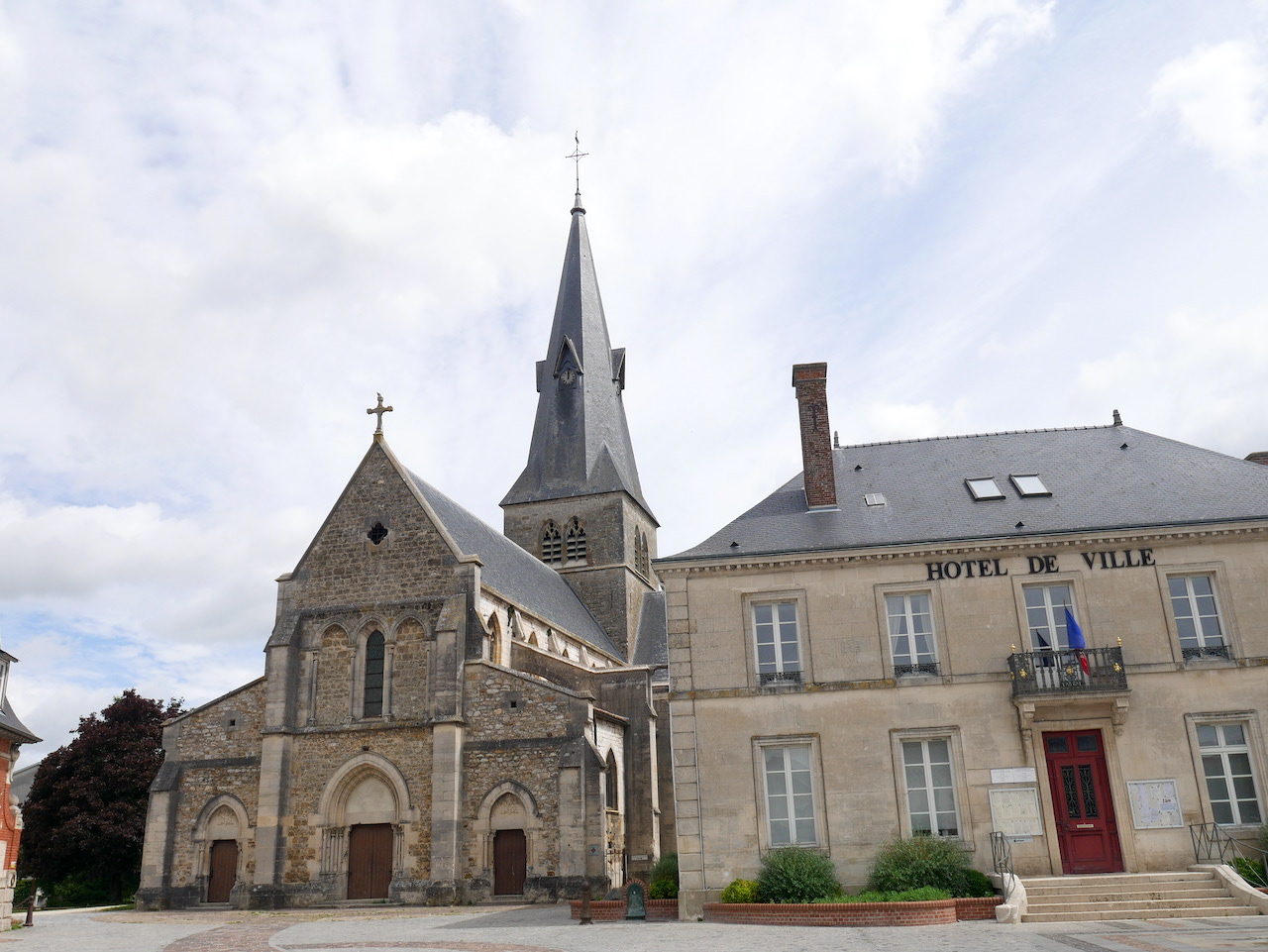
Grand Est
7. St-Hilaire-au-Temple to Suippes
Easy
4h30
17,5km
+132m
-112m
Step
Embed this item to access it offline
At the exit of Saint-Hilaire-au-Temple you will follow the TGV line and then the old railway line from Saint-Hilaire-au-Temple to Hagondange in Moselle. After a tribute to the soldiers of the Great War in front of the National Necropolis of Mont Frenet, you will stay on the agricultural paths in the middle of cereal crops until Suippes where a historical heritage awaits you.
6 points of interest
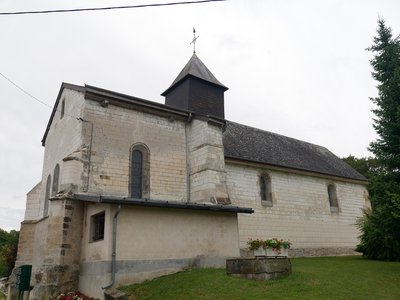
Église de Saint-Hilaire au Temple - Image : Amis de saint Colomban TouristSaint-Hilaire Church in Saint-Hilaire-au-Temple
Saint-Hilaire au Temple is located in a large fertile plain that man cultivated during the High Antiquity and the High Middle Ages, but it was the arrival of the Knights Templar, an order of religious knights, and the installation of a Commandery in the region in the 12th century, which will be the origin of a barn of the Commandery and then a village from where its current name comes from.
The statues preserved in the church date from this period.
La voie ferrée de Saint-Hilaire à Hagondange le long de la Via Columbani - Image : Amis de saint Colomban PanoramicRailway line from Saint-Hilaire-au-Temple to Hagondange
The line was wanted by the cities of Reims and Metz after the disappointment of the line's route from Paris to Strasbourg. It was first mentioned by the Prefect of the Moselle, Albert-Edmond-Pierre-Stanislas Germeau, on 22 December 1841.
After the War of 1870, the Treaty of Frankfurt, by modifying the border between Germany and France to the detriment of the latter, required the construction of a railway line to re-establish a link between the north of the new department of Meurthe-et-Moselle and the town of Nancy, its capital. Serving Longwy is also an important factor, given the importance of its iron mines and ironworks, which have been isolated by this new configuration.
The Saint-Hilaire section in Verdun was twin-tracked on March 10, 1880. After the 1914-1918 war, the remaining part of the line was twin-tracked.
The line was restored to single-track between Saint-Hilaire and Conflans - Jarny between 1972 and 1975 and intermediate stations were closed.
Today the line is used by grain trains and military trains.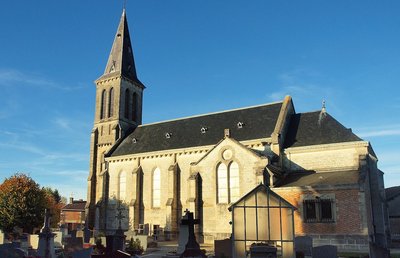
Église Sainte-Madeleine à Cuperly - François-Goglins, Wikimédia commons TouristSainte-Madeleine Church in Cuperly
Church built in the 19th century.
Nécropole Nationale du Mont Frenet - Image : Amis de saint Colomban HistoricalNational Necropolis of Mont Frenet
Creation of the cemetery in 1915, Battle of Champagne, near a field hospital.
Arrangements from 1916 to 1918, 1929. 1930: regrouping of bodies exhumed from military cemeteries east of Reims (Mont-Frenet, Tahure, Souain, Mesnil, Beauséjour, Sainet-marie-à-Py).
8,485 m² - 2,307 bodies
14-18: 2,282 French - 12 British - 3 Czechs - 1 American.
During the Second World War (1940 - 1944), the bodies of 9 French soldiers are buried.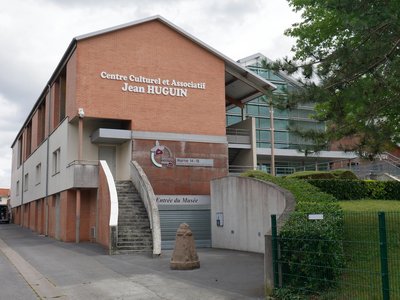
Centre d’interprétation Marne 14 - 18 à Suippes - Image : Amis de saint Colomban HistoricalCentre d'Interprétation Marne 14-18 in Suippes
Suippes was part of the various World War I front lines linking the Chemin des dames and Verdun. The Interpretation Centre offers a reconstruction of the history and course of this war, accompanied by a large collection of archives and numerous testimonials.
More details : Marne 14-18 Interpretation Centre of Suippes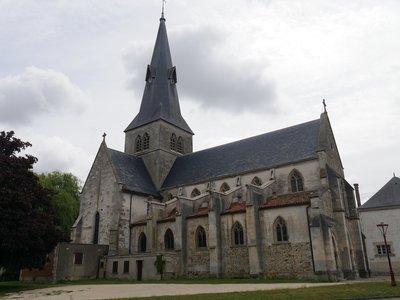
Église Saint-Martin à Suippes - Image : Amis de saint Colomban TouristSaint Martin's Church in Suippes
The pillars connecting the nave to the transept of the church of Saint Martin date from the 15th century but the building replaced an older church of which we know nothing.
The church has a nave with five bays and a bell tower surmounting the transept crossing. The vaults of the main nave have been rebuilt several times, especially after the two World Wars.
The organ of the church of Saint-Martin de Suippes
The organ alone deserves to enter the church of Suippes. As early as the beginning of the 17th century the church of Saint-Martin had a single manual organ which was restored at the end of the 19th century. Damaged during the First World War it was restored. On the threshold of the Second World War the organ was dismantled and left abandoned in the building. In 1989 the municipality decided to build a new organ in the 18th century Central German style which was the work of Rémy Malher. It was inaugurated in 2003.
Description
You leave the church of Saint-Hilaire-au-Temple, rue de la Chalaide, at the bend towards rue Georges Giraud keep to the left, straight ahead, you cross the Vesle after a left turn in the woods turn right on a stone path in the fields.
- Take the bridge on the TGV line on the right at the exit of the bridge, on the left at the electric station straight ahead between the fields do not bypass the electric station.
- Go along the railway without crossing it, on the right at the junction with D 994 chemin agricole parallel to the departmental road, at the roundabout on the left towards Suippes cross the railway to follow it
- After crossing the D 366, turn left in front of the National Necropolis of Mont Frenet and go around the Necropolis.
- At the crossroads turn left then right straight ahead to Suippes, Chemin des Hautes Voies de Châlons, cross rue du Faubourg Saint-Jacques, rue Neuve, left avenue de Roanne, rue Geneviève Dévignes, fourth street on the right rue du Presbytère you arrive in front of the Place de l'Hôtel-de-Ville and in front of the Saint-Martin church.
- Departure : Saint-Hilaire Chruch, rue de l’Abreuvoir 51 400 Saint-Hilaire-le-Temple
- Arrival : Saint-Martin Church, place de l’Hôtel-de-Ville, 51 600 Suippes
- Towns crossed : Grand Est
Altimetric profile
Report a problem or an error
If you have found an error on this page or if you have noticed any problems during your hike, please report them to us here:
Close by2
- Accommodation


